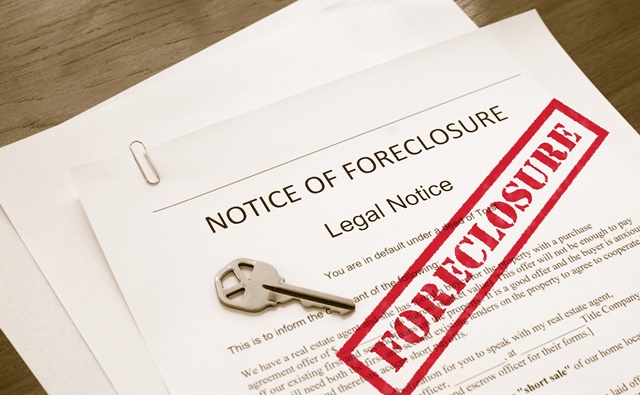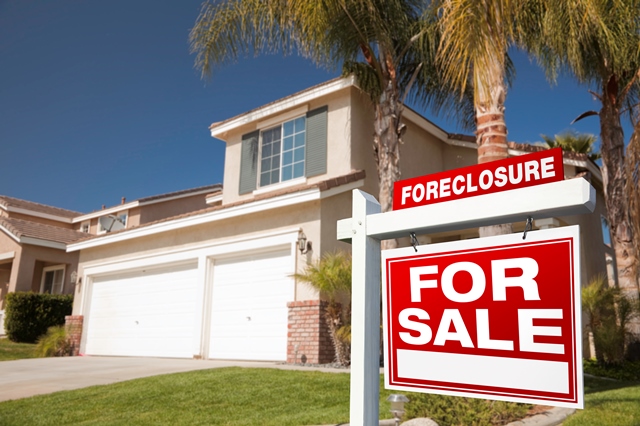Owners’ bankruptcy filings can create many challenges for community associations seeking to collect or otherwise resolve past-due balances owed by the debtor. For example, even where the owner and association agree to settle the debt, if the owner has an active bankruptcy case, the settlement must be approved by the bankruptcy judge. In considering the settlement, the judge’s primary concern is generally the proposed settlement’s effect upon the bankruptcy estate (i.e., the assets available to all creditors), rather than resolving the debt owed to the association.
 In other ways – and more concerning to community associations – the bankruptcy code also heavily favors the debtor’s interests over those of creditors. Indeed, despite a debtor’s admission of owing the debt claimed by an association, the bankruptcy judge may sometimes eliminate the association’s ability to collect some or all pre-petition past-due charges. We therefore recommend that counsel be immediately notified whenever a bankruptcy pleading is received, to ensure the association’s interests are protected to the greatest extent possible.
In other ways – and more concerning to community associations – the bankruptcy code also heavily favors the debtor’s interests over those of creditors. Indeed, despite a debtor’s admission of owing the debt claimed by an association, the bankruptcy judge may sometimes eliminate the association’s ability to collect some or all pre-petition past-due charges. We therefore recommend that counsel be immediately notified whenever a bankruptcy pleading is received, to ensure the association’s interests are protected to the greatest extent possible.
Moreover, a creditor is only entitled to recover attorney’s fees and costs incurred defending a bankruptcy in limited circumstances. This stands in contrast to the statutory and contractual fee entitlement that applies when an association seeks to collect past-due assessments and related charges through demand notices or in state court.
The Automatic Stay and Related Issues
Often, the most important aspect of a bankruptcy filing for an association’s purposes is that the filing of a bankruptcy petition imposes an “automatic stay,” requiring that all creditors immediately stop (or delay the institution of) collection proceedings against a debtor. Once the stay is in effect, no further collection activity can be taken outside the bankruptcy court regarding debt which predates the bankruptcy petition, until (1) the bankruptcy is dismissed; (2) the debt is discharged (i.e., the bankruptcy case is completed); or (3) the association obtains relief from the automatic stay pursuant to an order of the bankruptcy court. Any of these events will terminate the stay and permit the association to proceed outside of the bankruptcy court. Other occurrences may also terminate the automatic stay, but generally do not apply to community associations.
Furthermore, the bankruptcy court generally rules only upon pre-petition debt, meaning that charges which post-date the bankruptcy petition remain collectable despite the outcome of the bankruptcy (unless they are paid through or otherwise resolved during the bankruptcy). However, associations may be precluded from instituting collections if a delinquency arises during the owner’s bankruptcy case. Thus, where a bankruptcy petition has been filed, it is imperative that associations discuss with counsel whether any intended collection activity could violate an automatic stay and thus subject the association to sanctions or other liability.
Although many owners use the bankruptcy courts for legitimate purposes, it is also not uncommon for foreclosure defendants to employ delay tactics such as filing a “skeleton bankruptcy petition.” These petitions include only the very basic information required to open the bankruptcy case and impose an automatic stay, which in turn automatically places the foreclosure action on hold. The trustee generally notes these “skeleton bankruptcies” and dismisses them within a few weeks; however, at that time the damage may already be done. And in the common scenario where the petition results in a sale cancellation, the association must incur additional attorney’s fees obtaining either an amended judgment or a new foreclosure sale date. We recommend that this be done immediately following the dismissal, as debtors are precluded from filing a new bankruptcy case for 180 days after an involuntary dismissal, or a voluntary dismissal filed after a creditor seeks relief from the automatic stay. However, the bankruptcy court could re-open the case upon proper motion by the debtor. And if the property has more than one owner and the owners do not file the bankruptcy jointly (e.g., where property is owned by siblings or business partners), it is common for one owner to file for bankruptcy, be dismissed, and have the other owner immediately file, thereby prolonging the stay of collection activity.
As a result of the increase in foreclosure filings since 2008, circuit court judges are also increasingly familiar with bankruptcy issues. Accordingly, most Florida circuit courts now have a procedure of placing a collection case on “inactive status” upon receiving notice of a defendant’s bankruptcy filing petition. The standard form order requires that the parties request a return to “active status” within 30 days after the automatic stay terminates, or face potential sanctions (including dismissal).
In a Chapter 13 bankruptcy, the owner is generally provided 60 months to pay the pre-petition debt (the actual timeframe depends upon the debtor's ability to pay and other factors), in exchange for a discharge. When the association’s debt remains secured (i.e., a motion to value is not filed or fails), the pre-petition debt is generally paid over those 60 months. During that time, associations will frequently receive inconsistent payments from the bankruptcy trustee, but the trustee often moves to dismiss the case within a month or so if it does not receive timely payments. Likewise, if the association is being paid directly (or “outside the plan”), the association may need to move to dismiss the case if payments are not received when due. Alternatively, the bankruptcy court may “lift” the automatic stay as to an association only, and permit the association to foreclose if payments are not timely received.
Motions to Value
 Within the bankruptcy case, a debtor may also move to value (or “strip”) an association’s lien. If such a motion is successful, the association loses its secured creditor status. This means that (1) the association can no longer foreclose its lien if the bankruptcy results in a discharge, and (2) rather than full payment, the association receives a portion of the payments made for all unsecured creditors (generally much less than full payment) through bankruptcy.
Within the bankruptcy case, a debtor may also move to value (or “strip”) an association’s lien. If such a motion is successful, the association loses its secured creditor status. This means that (1) the association can no longer foreclose its lien if the bankruptcy results in a discharge, and (2) rather than full payment, the association receives a portion of the payments made for all unsecured creditors (generally much less than full payment) through bankruptcy.
To grant such a motion, the debtor’s evidence must show that the liens against the property which are superior to the association’s lien (e.g., a first mortgage) exceed the property’s value. The customary evidence presented is a “superior” secured creditor’s proof of claim (a notice filed in bankruptcy stating the pre-petition amounts owed to the filing creditor), and the parties’ respective appraisals and appraisers’ testimony.
By way of example, if the judge finds based on the parties’ evidence that the property is worth $100,001, and is encumbered by a $100,000 first mortgage, the motion fails and the association maintains its secured status. This is because the property value supports some of the association’s lien. If, however, the same property were encumbered by a second mortgage which is superior to the association’s lien, or if the property value were less than $100,000, the motion succeeds.
Notably, a Motion to Value must be denied if the property is jointly owned by spouses, one of whom is not a co-debtor (i.e., if the other spouse did not join in the request for bankruptcy protection).
Of significant concern to association creditors is also the prevailing party fee entitlement regarding such motions. Once the association objects to the motion in writing, the party that prevails on the motion is entitled to recover its attorney’s fees and costs associated only with the motion itself (but not fees or costs incurred in the rest of the bankruptcy case). Accordingly, unless an association has reason to believe the property value exceeds the value of all superior liens (and usually, unless the debt is significant), associations may choose not to dispute such motions, and instead lose their lien position. The decision to contest or permit such a motion should be carefully made upon advice of counsel and in the Board and/or management’s best business judgment, on a case-by-case basis.
On a positive note, even if a motion to value is successful, the association generally remains entitled to recover all post-petition assessments.
The Conclusion of the Bankruptcy Case
As one can see, a bankruptcy can conclude in several ways. Where the case is dismissed for any reason, the effect of the bankruptcy case is generally nullified, except to the extent payments have been received from the debtor.
Alternatively, the bankruptcy may result in a “discharge,” which means the debtor is no longer personally liable for pre-petition charges. In a “Chapter 13” bankruptcy, this generally means the association’s entitlement to pre-petition charges has been fully resolved through payment under an approved bankruptcy plan. In a “Chapter 7” bankruptcy (wherein personal liability is avoided but no plan to resolve the debts is undertaken), this generally means that the association may seek to collect the debt from the property through foreclosure – but may no longer obtain a money judgment against the debtor(s) for the pre-petition debt.

